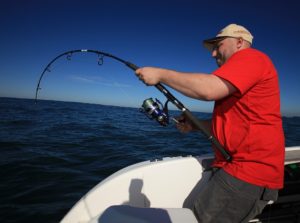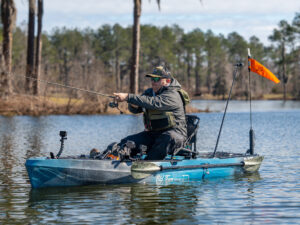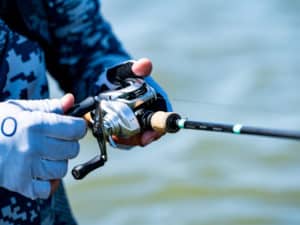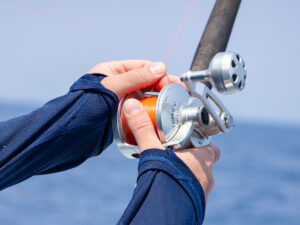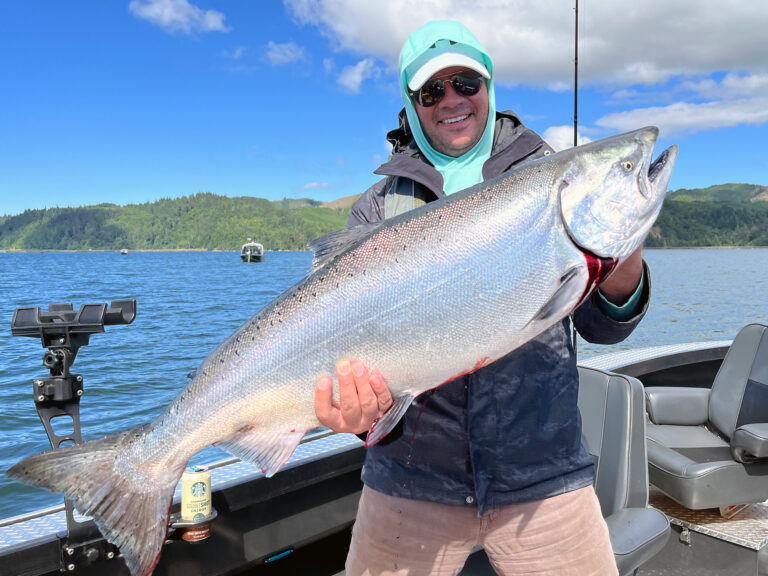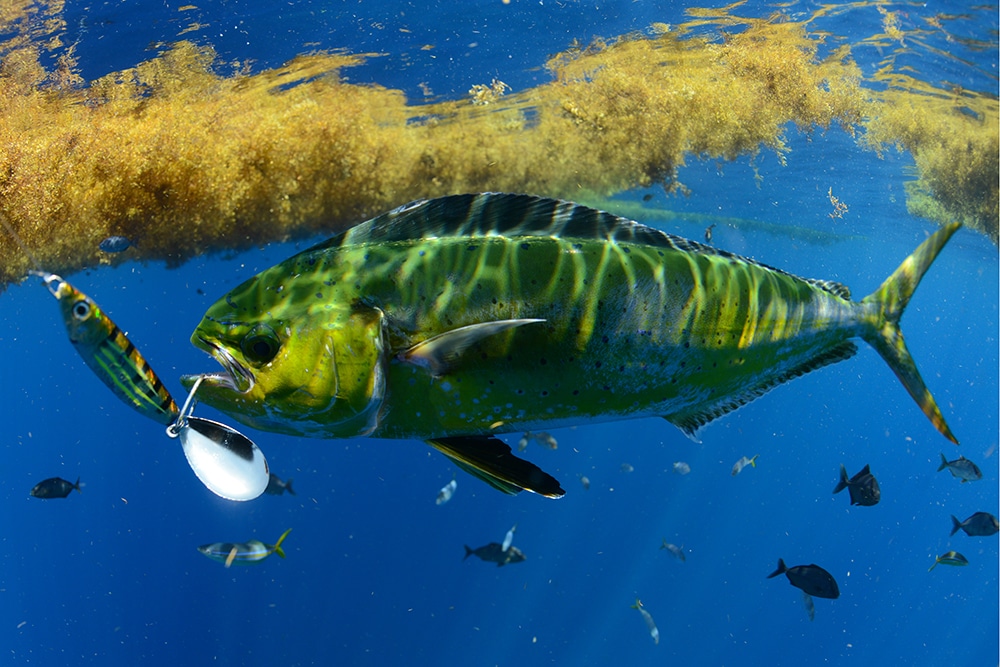
Richard Root burned his lure back to the boat, eager to entice a strike from a marauding wahoo. The wahoo bomb’s hook held securely to a black swivel and split ring, connected to a hexed blade spinning faster than a tornado. Flash and speed proved too enticing, and he soon pulled tight to a beastly wahoo.
Root’s success with a blade wasn’t a fluke; it proves that blades aren’t just for guys with carpet in their boats. Root was fishing far offshore in Baja Mexico’s Pacific waters when the ’hoo hit.
Flashy lures and modifications for saltwater anglers are diverse and widespread. The flash of a blade whirling, just like a silver-sided baitfish reflecting sunlight, often tips the odds in your favor. Whether a coastal or offshore fisherman, chances are you probably don’t have a single lure with a blade in your tackle bag. Not enough anglers take advantage of this simple lure component. Here’s why you should.
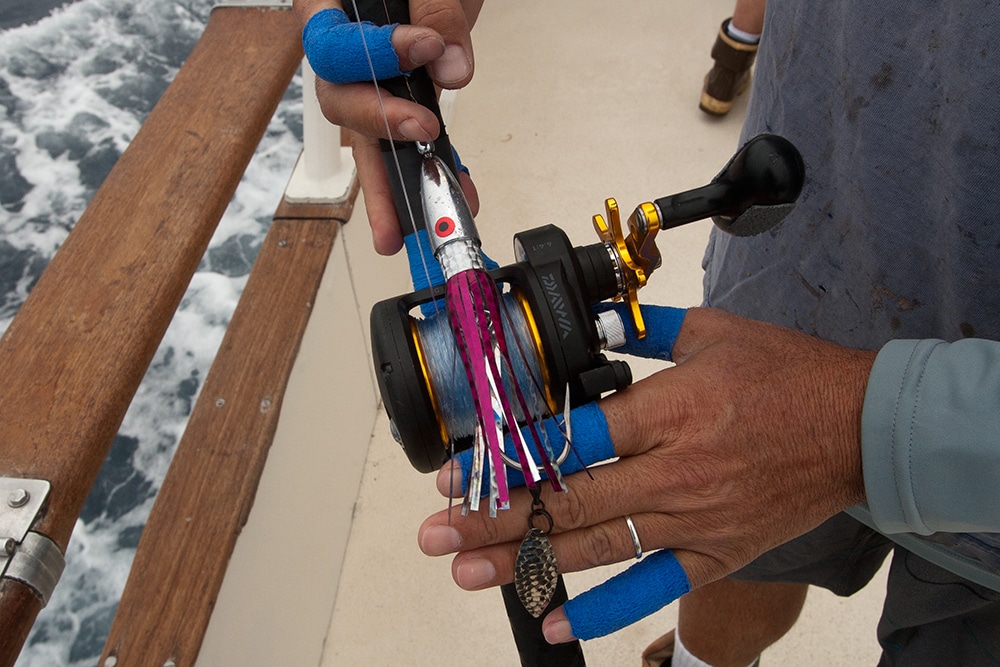
Bladed Baits for Inshore Fishing
Where bladed soft baits truly shine are the coastal off-colored bays, rivers and marshes.
“There are very few venues where bladed baits don’t excel,” says Capt. C.A. Richardson, of Tampa Bay, Florida, and host of Flats Class TV. “Don’t be afraid to think outside the box. At night, snook and big seatrout have always hit spoons in dim conditions. That’s a great time to throw soft plastics with a blade.”
Low light is key, along with cloudy waters and the presence of baitfish. “On a crystal-clear flat with few baitfish present, I’ll use a spoon or ‘naked’ soft plastic,” says Richardson. “But if I’m fishing in the marsh where there are plenty of pogies and mullet, I want my bait to stand out. I want something that looks different, something that’s aggressive with a bigger profile. Alpha fish want that type of bait, one that throws a bigger wake.”
Bladed soft baits have other advantages, including casting farther than lightweight plastics, so they’re ideal as prospect or search baits when blind-casting. Plus, the blade itself provides a weedless element.
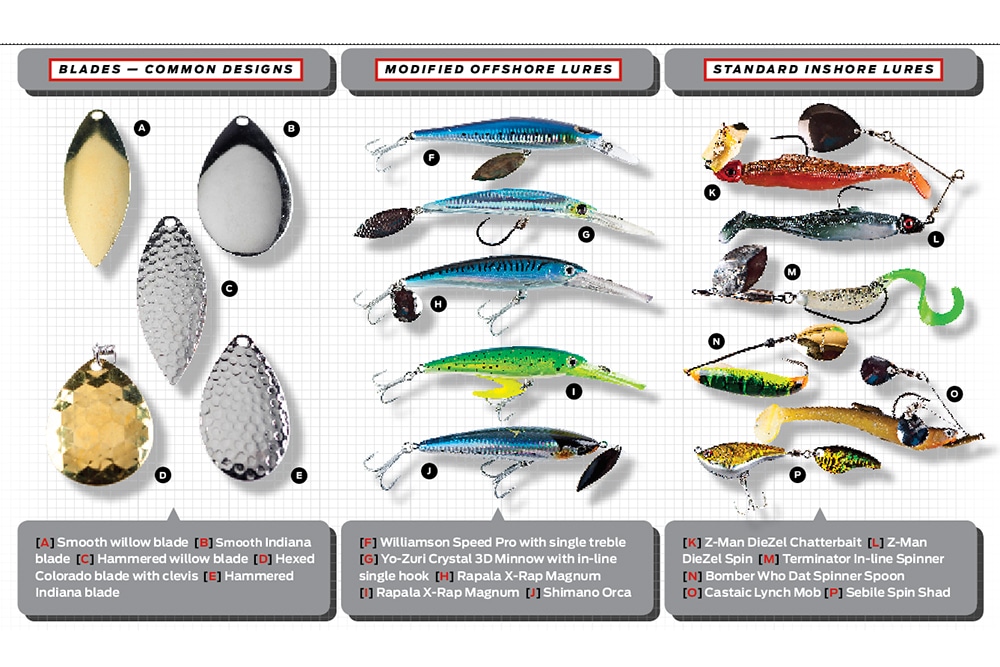
“I’ll throw bladed baits on top of oysters and spartina grass, and then slowly pull the baits off the structure in front of redfish,” says Richardson. “A spoon or soft plastic goes right through the grass, getting stuck; I want to make a subtle presentation that doesn’t blow out the fish.”
Richardson will throw bladed soft baits in 1 to 8 feet of water. Too shallow and he opts for a simple spoon, but in deeper depths he’ll stick with bladed soft baits such as the Z-Man DieZel Spin. “Use a half-ounce head and slow-roll the bait deeper,” he says. “It’s perfect for fish that drop off a flat and hang in the deeper channel waters. There’s not as much light down there.”
Top soft baits with blades include Z-Man’s DieZel ChatterBait and Spin, Terminator’s Snagless In-line Spinner, and Castaic’s Lynch Mob, among others. Of course, you can take one of these baits, or others, and modify it with your favorite soft tails.
“Try adding an artificial-shrimp trailer to a spinnerbait for areas where marsh drains out, especially during the outgoing tide,” he says. “I use a ‘helicopter retrieve,’ letting the bait bounce up and down. New penny is a perfect color in the turbid waters.”
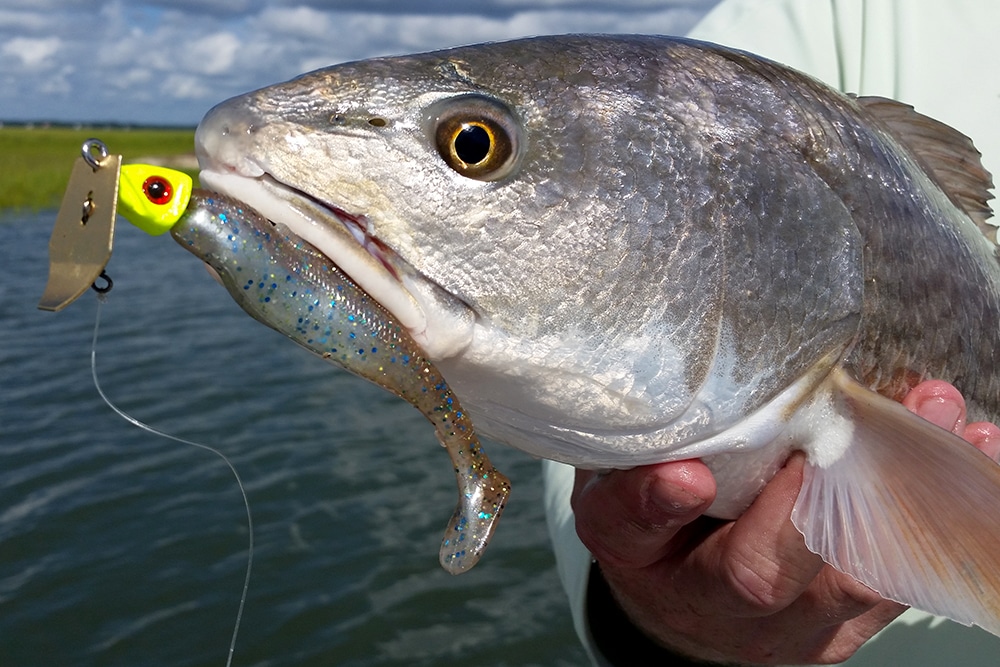
Score Offshore
Metal jigs, and even plugs and poppers, benefit from blade modifications. Sport Fishing editor Doug Olander alters all three, at times, with additional bling.
“I prefer the metallic colors (gold and silver) or white blades,” says Olander. “For jigs, I favor smaller rather than larger blades, figuring the small blades still offer good flash without hindering free flutter much.”
As Olander points out, the trick is to add flash and attraction without altering the lure’s presentation, increasing bites from your target species. He’s not particular about the fish species or depth; he’s had luck with most fish that commonly attack metal.
“Though I rarely put them on poppers, when I have, I swapped out the rear treble with a big single hook and the front treble with a blade,” says Olander. “For deep-diving lures, I might add a blade at the back split ring. Blades and hooks are easy to swap out with split-ring pliers.”
Olander gladly admits to experimenting with different sizes, shapes and colors of blades. That’s all part of the fun, he says. Possible attachment points include replacing either of the hooks with blades, adding a smaller blade to a split ring that’s also occupied by a hook, or adding a blade to the leader in front of the lure.
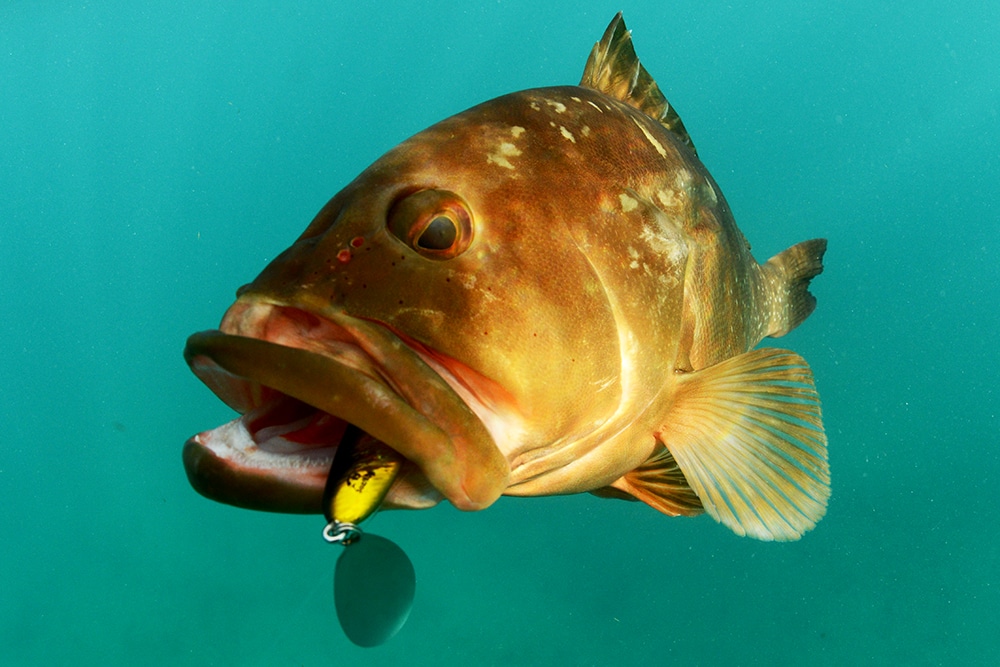
How to Modify Lures to Add Blades
“Blades are application specific,” says Rollie Vallin, national sales manager for the Worth Company, makers of blades, split rings and clevises. “You probably won’t use a size 0 for barracuda, but there really are no limiting factors. It’s completely up to the angler how he wants to build.”
Still, it pays to have an idea of what’s available, including the different types of blades. “The width of the blade determines how fast the blade rotates in correlation to its length,” says Vallin.
A wide and short blade such as a Colorado blade turns slower but has more vibration. Willow blades are much thinner and spin faster, but they don’t exude as much pulsation. Indiana blades are a mix between the two, shaped almost like a pear. Worth sells all different types of blades, with popular finishes in gold, nickel, silver and copper, says Vallin.
“The best action for a straight, steady retrieve is a Colorado blade,” says Richardson, “for that deep vibration and thump, thump retrieve.”
Clevis fasteners, like those used on spinnerbaits, allow anglers to add a blade to the leader in front of the lure itself. Worth’s Clip N Spin clevis handles most blade sizes and is easy to use, says Vallin.
Using a clevis is much better than threading a leader straight through the hole of the blade, discovered Olander. “I liked the idea of a blade spinning in front of the lure, with the leader running through the blade,” he said. “But I had enough ‘mysterious’ breakoffs that I stopped doing that.”
To attach a blade to a lure, sometimes it’s as easy as using the available split rings or adding your own rings to the lure. Channel your inner mad scientist to see what works. Add a blade to the front or rear hook eye of a hard bait, and then cast it out. Does it swim true? Similarly, test a blade at the top or bottom points of a speed jig.
“It’s all about research,” says Vallin. “Always test it out. Cast it out there in real-life conditions to see what makes the best fish trap.”

